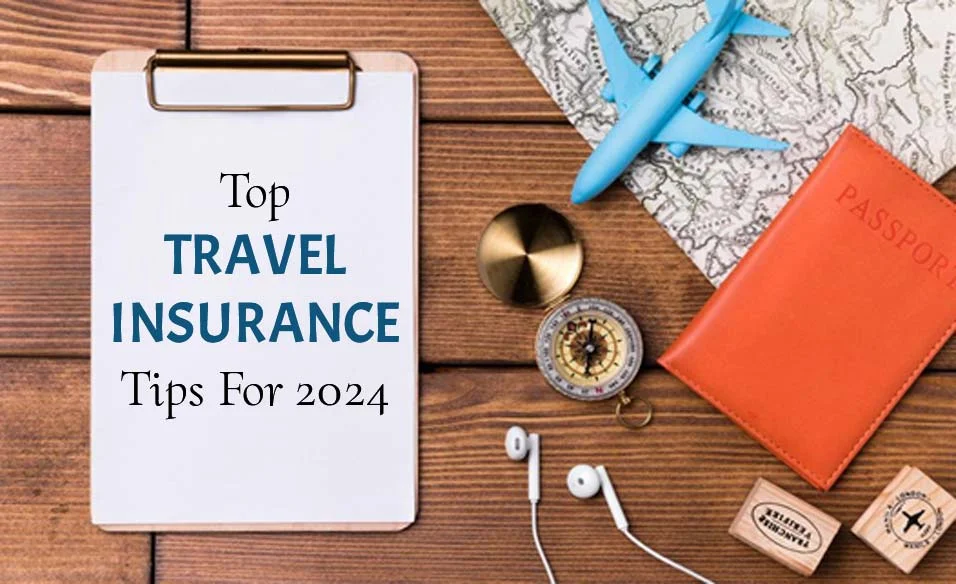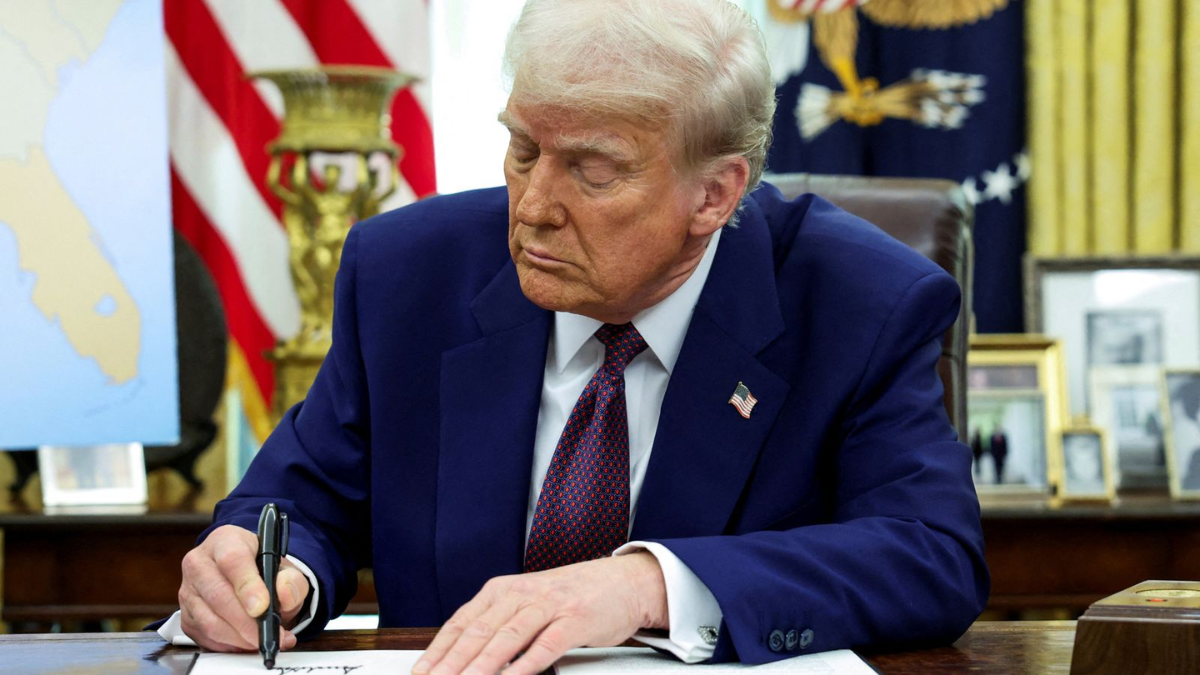Imagine planning your dream trip across the USA—exploring vibrant cities, scenic national parks, and hidden local gems—only to face unexpected emergencies that disrupt your adventure. Have you ever wondered how a simple travel insurance policy could save your vacation? In today’s post, we’ll walk you through the top 10 essential travel insurance tips specifically designed for USA travelers. Whether you’re a solo explorer or traveling with family, these insights, backed by expert advice and real-life experiences, will help you navigate the complexities of travel insurance with confidence.
Why Travel Insurance for USA Travelers Matters in 2023
The Data Behind the Trend
Travel insurance is more than just a safety net—it’s a smart investment. A 2023 study by the Travel Safety Institute revealed that travelers with insurance are 40% less likely to face significant out-of-pocket expenses during emergencies. According to Jane Smith, Senior Insurance Analyst at TravelSafe, “Proper travel insurance not only protects your health and belongings but also provides peace of mind that lets you fully enjoy your trip.”
Real-Life Example: Sarah’s Journey
Consider Sarah, a frequent traveler who learned the hard way about the importance of comprehensive coverage. During a winter trip to Colorado, a sudden flight cancellation and a minor injury left her scrambling for funds. Fortunately, her travel insurance covered her expenses, turning a potential disaster into a manageable hiccup. Could your next adventure benefit from such protection?
Key Takeaways
- Assess your travel needs early.
- Compare multiple insurance policies.
- Understand policy exclusions and fine print.
- Invest in emergency coverage.
- Keep digital copies of your policy documents.
Top 10 Essential Travel Insurance Tips for USA Travelers
1. Assess Your Needs
Before purchasing any policy, evaluate your travel plans. Are you planning outdoor adventures or urban explorations? Knowing your itinerary helps determine if you need specialized coverage like extreme sports add-ons.
2. Compare Multiple Policies
Don’t settle for the first policy you find. Use online comparison tools and read customer reviews to ensure you’re getting the best value. [Internal Link: Check out our detailed guide on comparing travel insurance policies.]
3. Read the Fine Print
It may seem tedious, but understanding policy exclusions is crucial. Many policies have hidden clauses—ensure you’re not caught off guard when you need to file a claim.
4. Prioritize Medical Coverage
Medical emergencies can be costly. Look for policies that offer robust health coverage, including emergency evacuation and hospitalization. A 2022 report from the National Travel Health Association found that travelers with comprehensive medical coverage experienced 30% lower out-of-pocket expenses during emergencies.
5. Know Your Destination’s Requirements
Some states or attractions may have specific insurance requirements. Familiarize yourself with local regulations to avoid any surprises.
6. Consider Trip Cancellation and Interruption
Unexpected events like inclement weather or sudden family emergencies can force you to cancel or cut short your trip. Ensure your policy covers these scenarios to protect your investment.
7. Evaluate Baggage and Personal Belongings Coverage
Lost luggage or stolen items can quickly turn a fun trip into a stressful experience. Opt for policies that offer comprehensive baggage coverage to safeguard your personal belongings.
8. Check for 24/7 Assistance Services
Travel mishaps can occur at any hour. A policy that includes round-the-clock support can be a lifesaver when you’re in an unfamiliar area.
9. Look for Add-On Options
Many insurers offer customizable add-ons such as rental car coverage or protection against natural disasters. Tailor your policy to fit your unique travel needs.
10. Keep Digital and Physical Copies
Store copies of your policy both digitally and physically. In the event of an emergency, having immediate access to your documents can expedite the claims process.
Pro Tip
Set aside 10 minutes before every trip to review your insurance policy. This quick audit can help you identify any gaps in coverage and ensure that you’re fully prepared for any eventuality.
Common Mistakes to Avoid
| Do’s | Don’ts |
|---|---|
| Research thoroughly: Use multiple sources. | Assume one policy fits all trips. |
| Read the fine print: Know your exclusions. | Skip understanding coverage details. |
| Customize your policy: Add necessary coverages. | Overlook extra options that suit your needs. |
Are you making these common mistakes when choosing your travel insurance?
FAQs About Travel Insurance for USA Travelers
Can I buy travel insurance after booking my trip?
Yes, you can purchase travel insurance even after booking. However, buying it early ensures that you’re covered for any unforeseen events right from the moment you book.
What does travel insurance typically cover?
Most policies cover medical emergencies, trip cancellations, lost luggage, and travel delays. Some also offer coverage for extreme sports or adventure activities, depending on your needs.
Is travel insurance necessary for domestic travel in the USA?
While not always mandatory, having travel insurance can be a lifesaver in emergencies, especially for long-distance or adventure travel.
How much should I expect to pay for travel insurance?
Costs vary based on factors such as age, destination, duration, and coverage level. On average, policies range between 4% to 10% of your total trip cost.
Where can I get reliable travel insurance information?
For more insights, check out authoritative sources like Google’s Travel Insurance Tips or HubSpot’s travel guides.
Conclusion
Travel insurance is not just an extra expense—it’s an essential part of your travel preparation that can save you time, money, and stress. By following these top 10 tips, you can ensure that you’re fully prepared for any eventuality while exploring the wonders of the USA. Ready to revamp your travel plans? Start with these tips today and travel with peace of mind!
Have any questions or need further advice? Drop your thoughts in the comments below or share your own travel insurance experiences. Happy travels!





